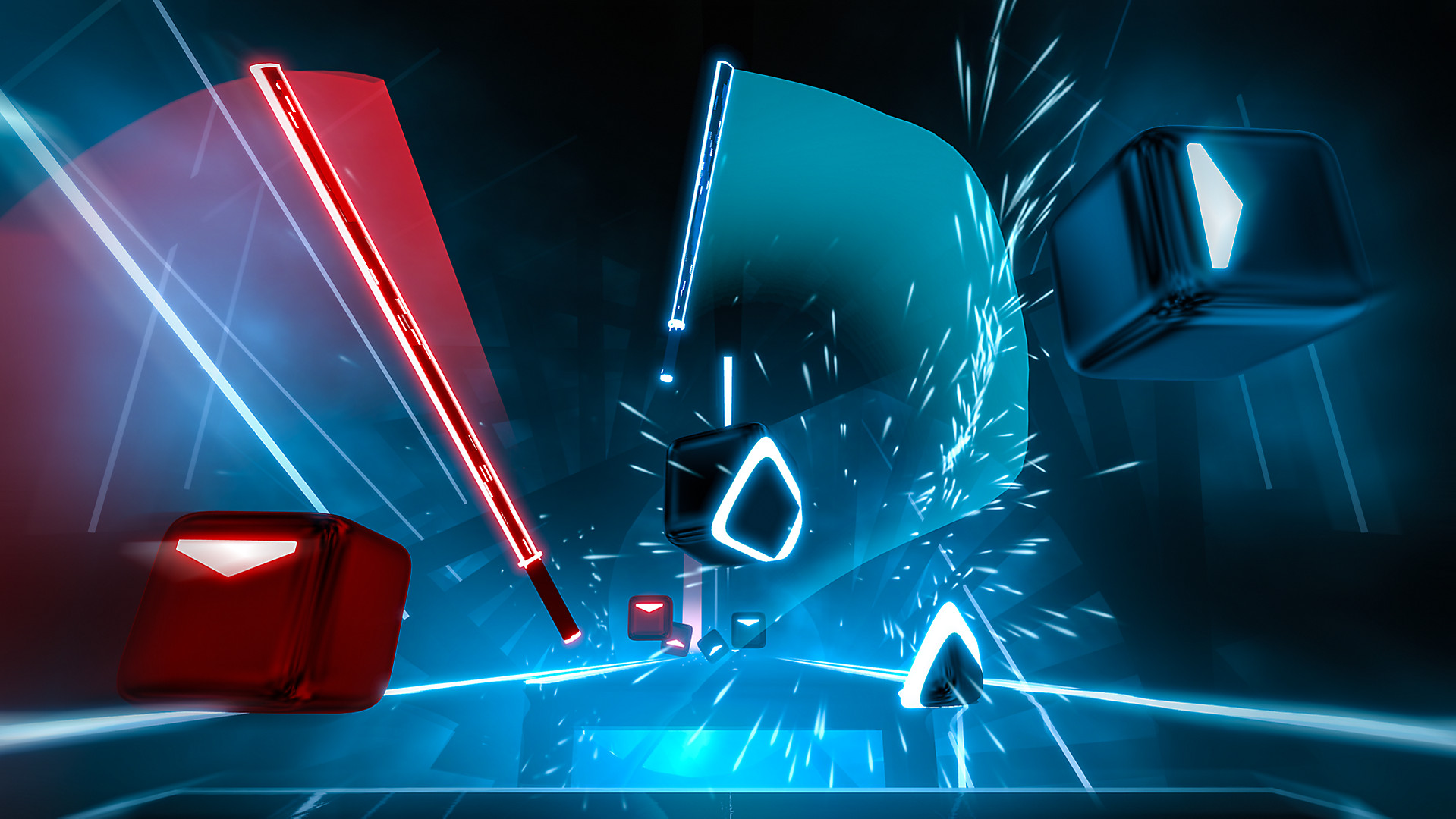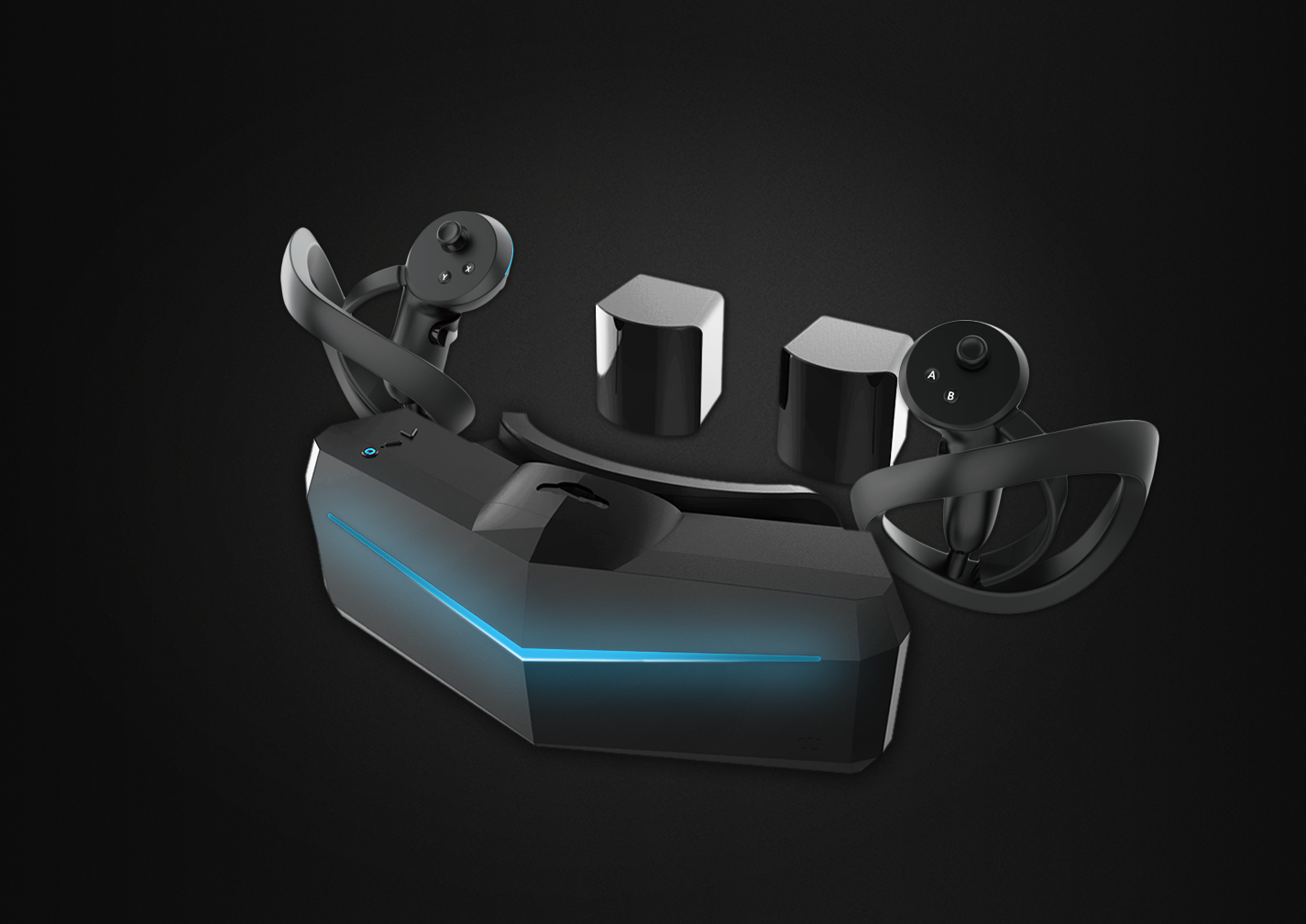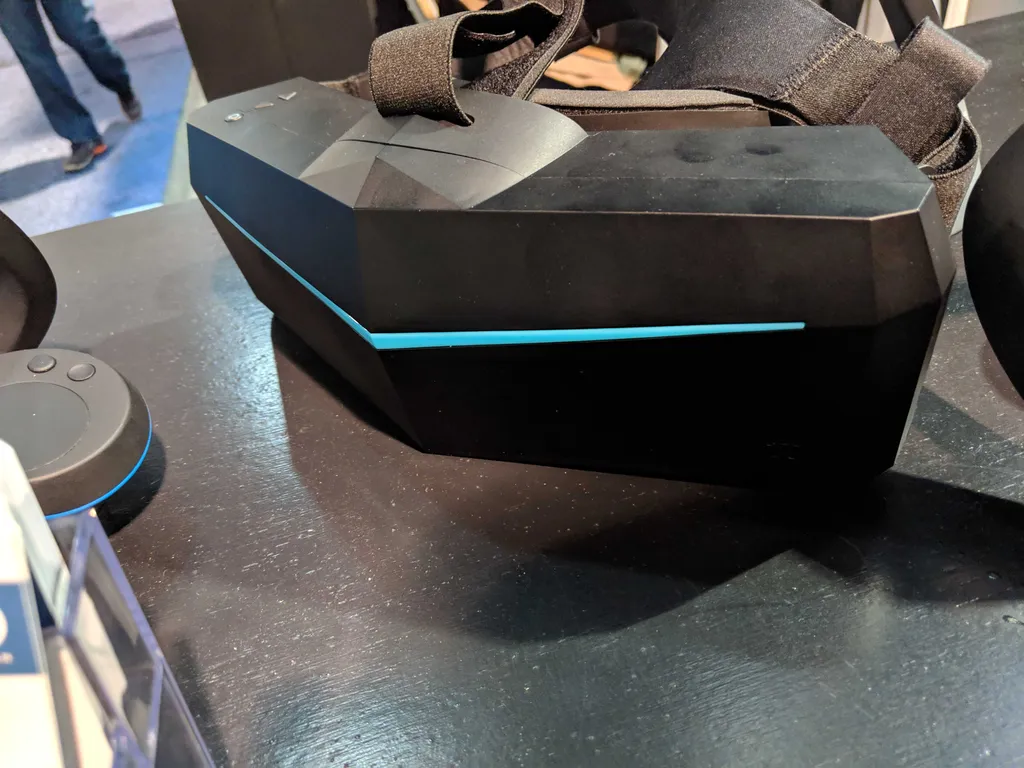I have certainly played my fair share of Beat Saber. If you’ve tuned into any of our recent streams over on Twitch you might have caught some of our Beat Saber sessions and I certainly have been known to work up quite a sweat. I’m a huge fan of the game, but one of the issues that I didn’t realize it had until today is the lack of real peripheral vision.
Currently when you play Beat Saber on a Rift, Vive, PSVR, Windows headset, or whatever platform you choose, you’re dealing with a field-of-view (FOV) that’s probably around 110 degrees. This creates an effect that makes it almost feel like you’re looking at the world through a telescope, sort of. You get used to it and ignore it after a while, but most modern VR headsets don’t have a wide enough field of view to cover your periphery. But the Pimax 8K absolutely does with its massive approximate FOV of about 200 degrees. It’s immediately noticeable.

When you play Beat Saber currently one of the frustrating things that can happen from time to time is that you’ll miss blocks just barely when you’re swiping to the side because you’re staring straight ahead to anticipate the next swipe and aren’t able to look and verify you’re hitting the block at your side. Or in short, you swipe at a lot of blocks that you aren’t looking at. When your sabers vanish in your periphery before the blocks even arrive that can be an issue.
What I noticed with the Pimax 8K is that I was not only able to see the blocks in my periphery still and hit them more accurately without having to actively look at them, but I was also able to perceive more of the environment and its particle effects after hitting a block. For blocks that arrived directly in front of me this meant I could almost feel the block chunks pass by my ears since my peripheral vision was so much more enhanced with the wider FOV.
The first time I tried the Pimax 8K headset was a full year ago at CES 2018 and that demo was TheBlu, a serene underwater experience that was low intensity and required very little movement. Even still back then I noticed some jittering and minor latency issues. Based on my single demo of playing Legend on Beat Saber (Expert difficulty) I can verify that all of that seems to be gone now.
However, one of my main issues from that demo a year ago was still an issue today: edge distortion. At the far edges of your peripheral vision inside the Pimax 8K I noticed a minor effect that caused the lenses to distort a bit. It created a sensation that felt similar to when you get droplets of water inside your swimming goggles — that’s the best way I can describe it.

Other than that it looks really, really nice inside the headset. There are lots of settings you can tweak for the Pimax devices and I wasn’t able to play around with any of that, but I’d imagine that will help out in some situations. Everything looked really crisp and the resolution is excellent. I wasn’t looking too closely but in a bright, fast game like Beat Saber I didn’t notice a screen door effect.
I don’t have a way of verifying this, but it also felt lighter than I remembered from a year ago and overall it ran really well. I used two Vive controllers for the demo and didn’t have any problems at all with tracking. I’d have loved to try the upcoming Pimax controllers, but alas they only let me touch them and not actually use them in VR.
We’ll have more detailed thoughts on the less expensive and less visually crisp Pimax 5K+ headset later this month, but until then let us know what you think of CES so far and Pimax in general down in the comments below!


























